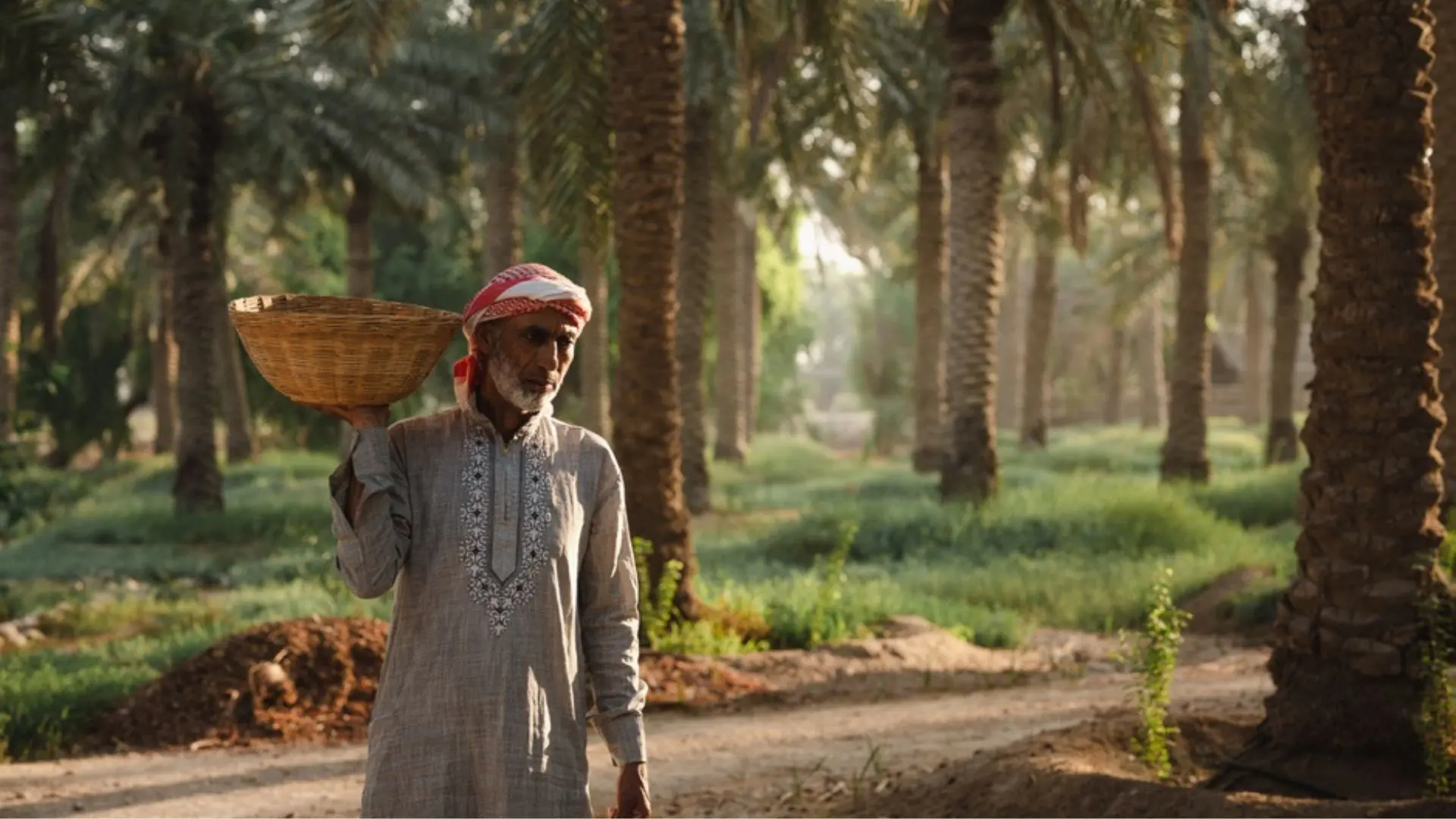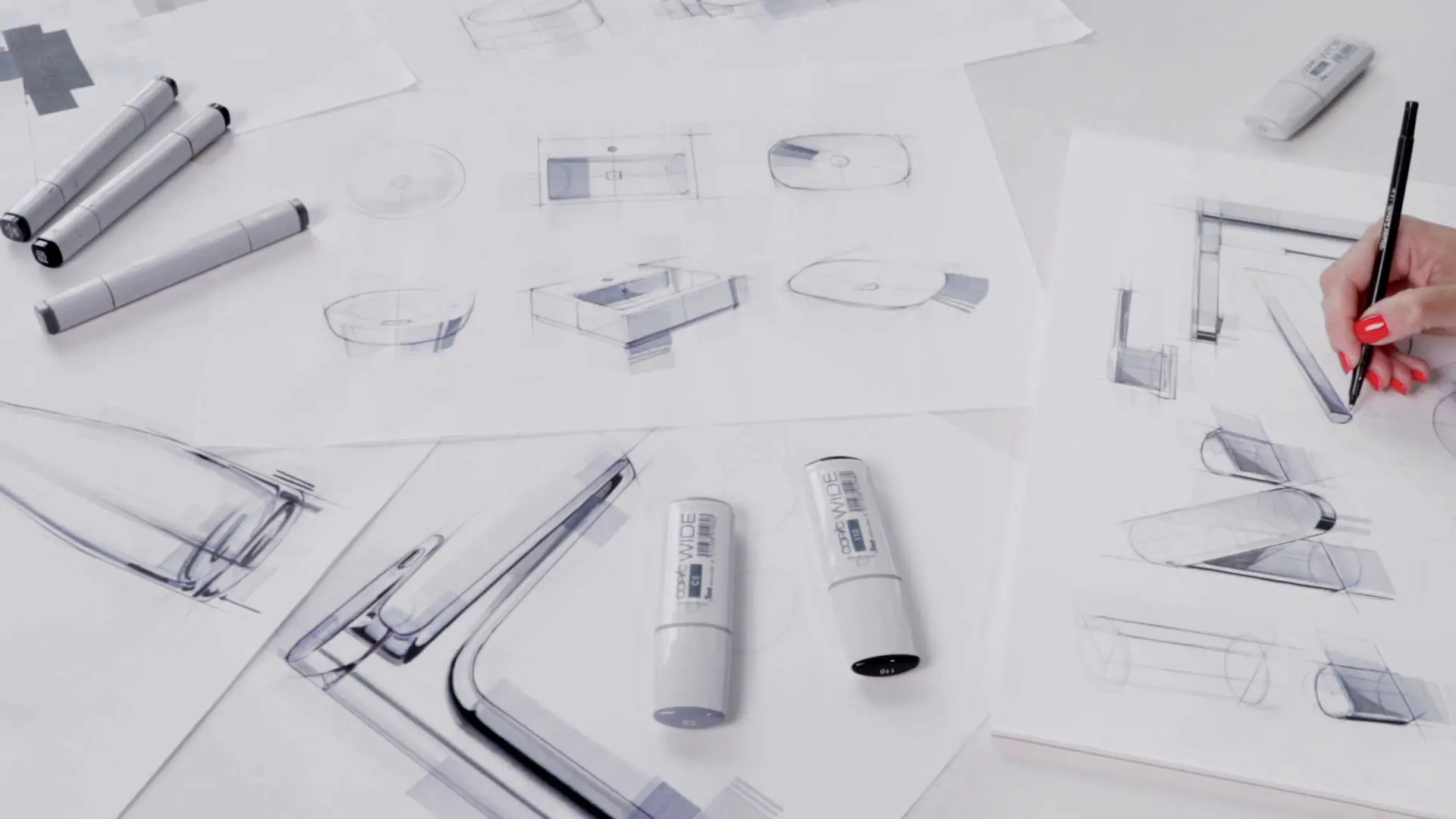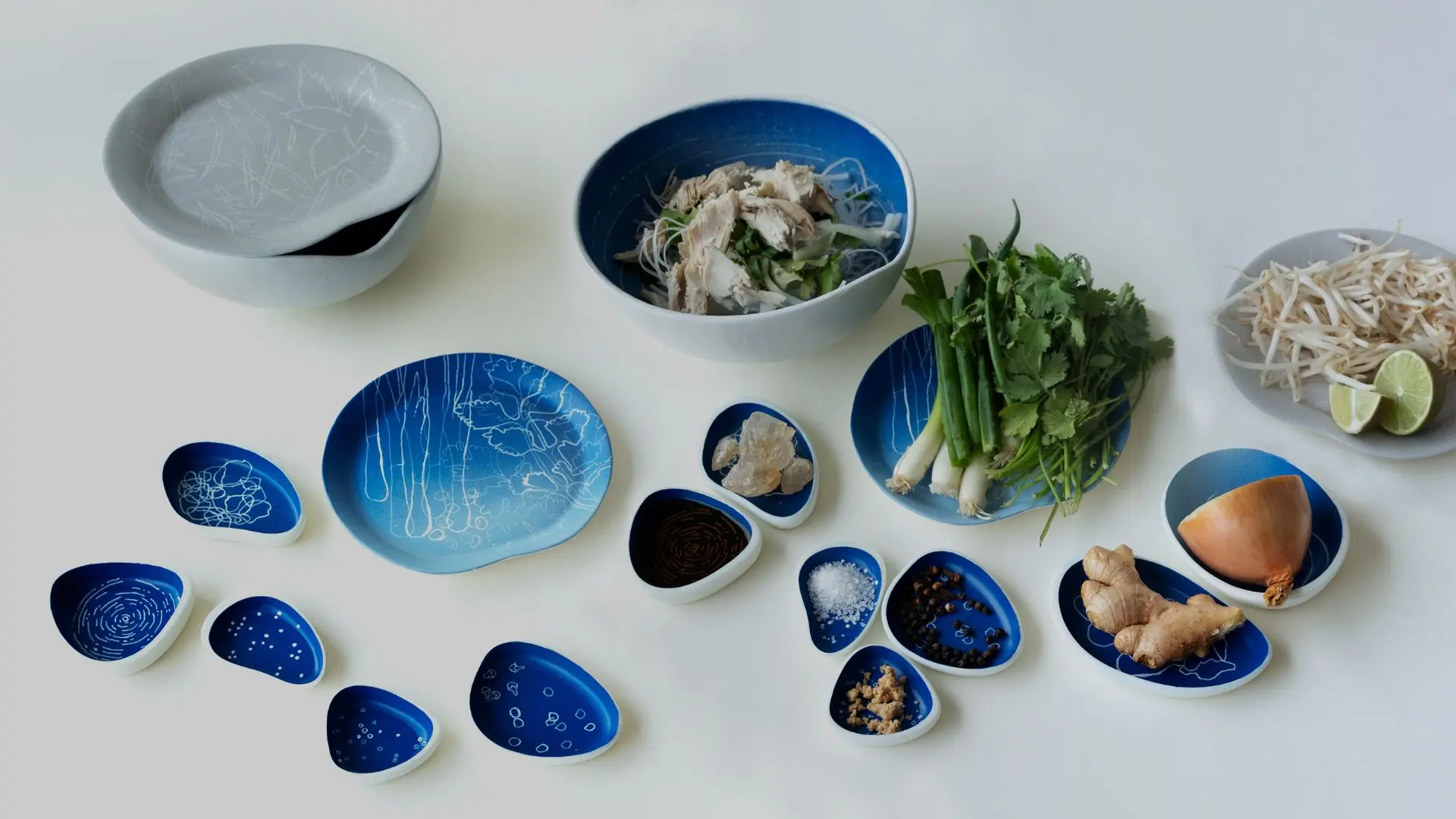A prototype for change: Heenat Salma Farm’s mission to inspire sustainable living
Heenat Salma Farm, a 50-year-old site, aims to promote organic farming, ecological practices, and natural architecture while fostering community engagement through educational and cultural programs that advance environmental awareness.

Nestled in the heart of Qatar’s arid landscape, Heenat Salma Farm stands as a living testament to the transformative power of sustainable practices and cultural revival. Under the visionary leadership of Fahad Al-Attiyah, the farm transcends its agricultural roots to become a pioneering prototype for ecological stewardship and community engagement.
Fahad Al-Attiyah is a public servant, a diplomat, and social entrepreneur. His career span over 25 years between military service, legal counsel at the Amiri Diwan, chairman of the National Food Security Programme, chairman of the executive committee that delivered UNFCCC-COP18 in 2012, and two ambassadorial posts in Russia follower by the United Kingdom. He also founded Caravane Earth Foundation, an organization that advocated for revitalization of Traditional Architecture & Urbanism, organic agriculture, handmade textiles, and objective creative and intellectual development which oversees a number of initiatives including its flagship project Heenat Salma Farm in Qatar.

In this interview, Fahad Al-Attiyah shares insights into the farm’s evolution, its role as a model for change, and the timeless lessons it offers for a more sustainable future.
Why was Heenat Salma Farm created, and what is its mission?
Fahad Al-Attiyah:
“Heenat Salma Farm is a 50 year old farm. In 2018, Caravane Earth Foundation took the initiative to transform it into a social, cultural and ecological hub with the aim of promoting the values of sustainability, ecological governance and environmental stewardship. It’s mission is to support the growth and uptake of organic cultivation, ecological practices, and natural architecture and to engage the community with social, cultural and educational programmes that will advance awareness in environmental stewardship.”

Your website refers to Heenat Salma Farm as a “prototype.” What does it represent as a prototype, and in what ways and locations could this model be replicated or scaled?
Fahad Al-Attiyah:
“The dry lands is home for 2 billion people and it is critical that they apply methods and practices that allow them to adapt and grow sustainably especially in the areas pertaining to agriculture, architecture, urbanization, and ecological management. It is therefore important to offer a model that can act as a reference to other countries facing similar challenges. We run research, experiments, and engage with a wide range of people who have traditional knowledge in the ancient proven and tested sustainable methods to revitalize them and document them and share them with the world for the benefit to be shared.”

In our opinion, the most compelling and interesting aspect of transferring this model lies in the experiences you offer to visitors. What is the profile of your audience, and how are they engaged on-site?
Fahad Al-Attiyah:
“Learning comes in many different ways, one of them is when people engage with the concept directly and start to feel it an intuitive level. So the farm is open to all age groups and different backgrounds as everyone should be able to be an agent for positive change. We offer products, experiences, programmes, and services all aimed at embracing the values of sustainability from it’s inception. The public therefore start to engage and hopefully act as positive agendas for change.”

HSF brings together a variety of initiatives that collectively create something unique. What are the main complexities or challenges involved in managing a project of this nature?
Fahad Al-Attiyah:
“There are several challenges; some are natural and others related to the knowledge base & skills required and lastly institutional; the availability of funding, finance and grants. Each and everyone has an impact but despite all these challenges we have managed to build and grow with the community backing and support as they have been our greatest inspiration with their unwavering commitment to the project’s success and sustainability. Water is a challenge, heat is a challenge but with applying the wisdom of generations of farmers we are adapting but still the road is long until we manage to fully adapt with the current conditions.”

In recent years, there’s been a return to nature and ancestral practices. What key lessons can we apply today to reshape our lifestyles in a more meaningful and sustainable way?
Fahad Al-Attiyah:
“Key lessons is to acknowledge that some of these practices that we have inherited are really great solutions and need to be understood not replaced as they constitute generations of proven and tested approaches that are fully adaptable with our environments. We need to understand the value of these low tech solutions that are highly sophisticated and revitalize them again.”

Creativity and craftsmanship define many of your initiatives, adding value through human-centered approaches and skills. What other fields could become part of this model?
Fahad Al-Attiyah:
“Creativity and craftsmanship is the bed rock of all of our practices, and we extend it virtually to all manifestions at the Farm. The field of water harvesting is an interesting field we wish to explore as well as natural storage systems and passive cooling technology. Additionally education and vocational pedagogical approaches that would inspire more engagement form the community is key to develop to park knowledge and skills.”

Finally, how does the approach promoted by HSF integrate with contemporary architecture and design? What aspects does it embrace, and what does it set aside from its original identity?
Fahad Al-Attiyah:
“Heenat Salma Farm’s approach to contemporary architecture integrates natural materials and traditional techniques to create spaces that are functional, sustainable, and timeless. It embraces simplicity, authenticity, and harmony with the environment, setting aside industrial materials, modern aesthetics, and short-lived trends. Instead, it focuses on hand-crafted elements, passive design strategies, and a deep respect for cultural and ecological values. This approach redefines contemporary design by aligning it with enduring principles of sustainability and craftsmanship.”
















